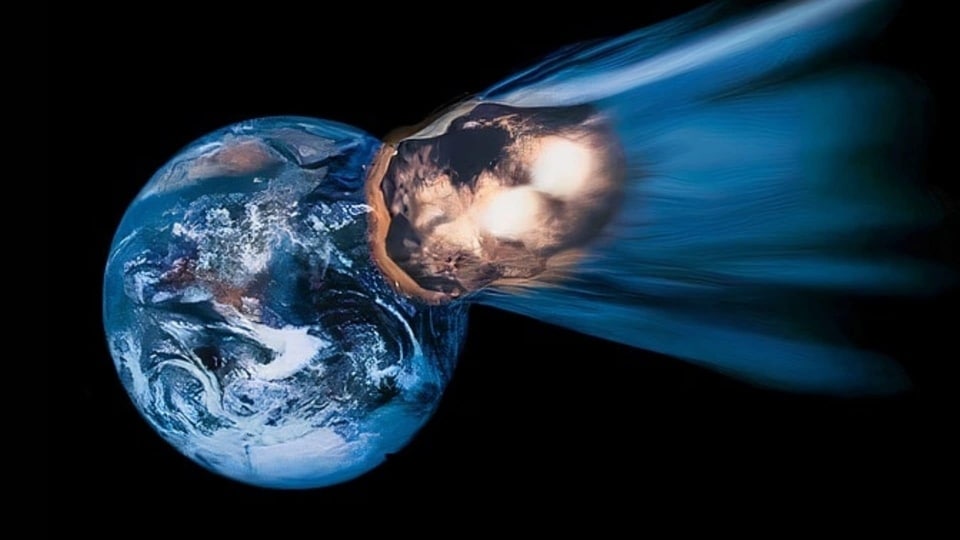
Asteroids: The Relics of Our Cosmic Past
The term “asteroid” often conjures images of distant celestial bodies hurtling through space, occasionally making headlines for their close encounters with Earth. While these rocky objects indeed capture our imagination and curiosity, asteroids are far more than just subjects of science fiction and Hollywood blockbusters. In this comprehensive article, we will explore the fascinating world of asteroids, delving into their origin, classification, impact potential, and the scientific endeavors aimed at understanding and safeguarding our planet from potential asteroid threats.
Understanding Asteroids: What Are They?
Asteroids are rocky, airless remnants left over from the early formation of our solar system, often referred to as minor planets or planetesimals. They vary in size from a few meters to hundreds of kilometers across, with most residing in the asteroid belt, a region located between the orbits of Mars and Jupiter. This belt contains the majority of known asteroids, but asteroids can be found throughout the solar system.
Classification of Asteroids
Asteroids are not a homogenous group; they come in various sizes, shapes, and compositions. Scientists classify them into several categories based on their characteristics:
1. C-Type (Carbonaceous) Asteroids
C-type asteroids are the most common, constituting about 75% of all known asteroids. They are rich in carbon compounds and are thought to be some of the oldest objects in the solar system. These asteroids are dark in color and primarily found in the outer regions of the asteroid belt.
2. S-Type (Silicaceous) Asteroids
S-type asteroids are composed of silicate materials, primarily made up of metal-rich minerals. They are brighter and more reflective than C-type asteroids and are often found in the inner regions of the asteroid belt.
3. M-Type (Metallic) Asteroids
M-type asteroids are composed primarily of metal, particularly nickel and iron. They are thought to be remnants of the cores of larger asteroids or planets that broke apart. These metallic asteroids are relatively rare but hold scientific interest for their potential mineral resources.
4. Other Asteroid Types
Beyond the primary C, S, and M types, there are several less common asteroid classes. These include V-type asteroids, which have a composition similar to basaltic rocks, and P-type asteroids, which are rich in water and other volatiles.
The Asteroid Threat: Potential Impact and Mitigation
While most asteroids remain peacefully in the depths of space, some have trajectories that bring them dangerously close to Earth. The possibility of an asteroid impact with our planet has garnered considerable attention from scientists and policymakers. The potential consequences of a significant asteroid impact are immense, with the capacity to cause mass extinction events, widespread destruction, and significant loss of life.
To mitigate the threat of asteroid impacts, scientists have been actively studying and tracking near-Earth objects (NEOs) using ground-based telescopes and space-based observatories. Several space agencies and organizations around the world are also developing plans for asteroid deflection and mitigation strategies, should a hazardous asteroid be discovered on a collision course with Earth.
Asteroid Exploration and Sample Return Missions
Humanity’s fascination with asteroids has led to several ambitious missions aimed at exploring these cosmic relics up close. Some notable missions include:
- NASA’s OSIRIS-REx: This mission successfully collected samples from the near-Earth asteroid Bennu in 2020, which will provide valuable insights into the early solar system and the potential resources available on asteroids.
- JAXA’s Hayabusa2: The Japanese spacecraft Hayabusa2 returned samples from the asteroid Ryugu in December 2020. These samples are expected to shed light on the origins of water and life on Earth.
- ESA’s Hera: Planned for launch in the near future, the European Space Agency’s Hera mission aims to study the binary asteroid system of Didymos and its moonlet, Dimorphos, to test asteroid deflection techniques.
The Cosmic Time Capsules
Asteroids are more than just celestial neighbors; they are cosmic time capsules. By studying their composition and history, scientists gain insights into the formation and evolution of our solar system. Moreover, understanding the potential impact threat from asteroids is not just a matter of scientific curiosity but a crucial endeavor for safeguarding our planet.
In conclusion, asteroids are captivating celestial bodies that have captivated human interest for centuries. These remnants of our solar system’s birth provide windows into the past while reminding us of the potential hazards lurking in our cosmic neighborhood. Through ongoing research, exploration, and the development of mitigation strategies, humanity can continue to unravel the mysteries of asteroids and protect our planet from potential impacts, ensuring a safer future for generations to come.
